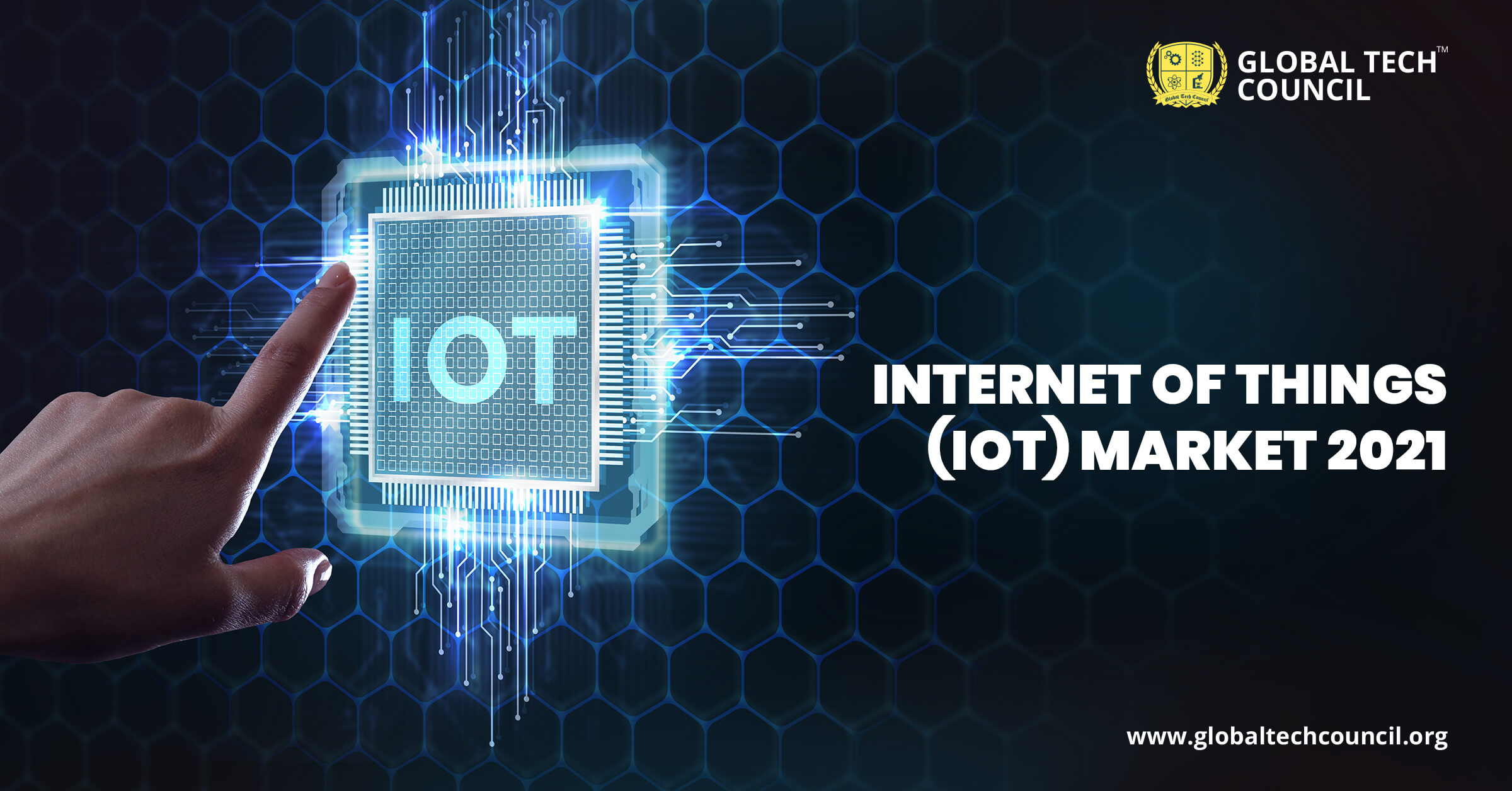
Technology is something that we have all been familiar with for more than a decade now. They are entities created by the physical and mental efforts of humanity that help solve modern-day issues. Growth in science and technology has removed the locational disadvantages m effectively. One such application of technology today is the Internet of Things, commonly known as IoT, which plays a significant role. What are their parts in the world’s market as of now? Let’s discuss it in detail here in this article. To put it in simple words;
“It’s Not That We Use Technology; We Live Technology”
What Is the Internet of Things (IoT)?
IoT is a system where interrelated units like computing devices, mechanical and digital machines, objects, animals, even people are provided with unique identifiers (UIDs). In simple words, these are embedded with software, sensors, and technology that allows the transfer of data among them over the internet. Herein, the data transfer over the internet occurs without a human-to-human or human-to-computer interaction. It is a massive and ever-expanding system where vast amounts of data are transferred all the time.
Upcoming Trends of IoT In 2021:
Trend No. 1: A wider choice of connectivity:-
Organizations have to think about what cases they will pursue and which connectivity option makes the most sense for them, as 5G won’t be their only option. Satellite and other low-power networking technologies will increase by 20% in 2021.
Trend No. 2: Healthcare investment:-
The advent of COVID-19 prioritized digital and remote health care more than anything else. New technologies such as 5G have been designed to enable richer data-driven health experiences than the traditional methods.
Trend No. 3: Smart building technology drives employee transformation:-
Innovative building technology will center more on core priorities, such as worker health and safety, rather than energy efficiency and worker productivity, which is appreciable.
Trend No. 4: The near-ubiquity of connected machines:-
Manufacturers and pharma firms started to connect the assets that were previously disconnected. Such activities will lead to increased reliance on remote experts.
Trend No. 5: Convenience of Consumer and employee location data:-
Brands ought to utilize location to generate convenience for consumers or employees with virtual queues, curbside pickup, and checking in for reservations. They will have to be dependent on various Technology partners to enable sharing of the location data.
Trend No. 6: IoT adoption is paving the way for smart cities:-
In order to keep up with the struggles of an ever-changing society, smart cities ought to be allocated huge resources. These techniques allow the authorities concerned to know the patterns of usage of safety measures.
Trend No. 7: Enabling complex data analytics and machine learning in Artificial Intelligence:-
IoT partnered with AI and ML technologies enables quick processing of a huge amount of data real quick, synthesizing the same data to make smart decisions accordingly.
Trend No. 8: IoT and Edge Computing:-
With the confluence of 5G networks, an increase in IoT and IIoT devices, and a dramatic increase in the amount of data fetched, edge computing is expected to bloom. It allows for substantial bandwidth usage savings, reducing energy consumption, cost, and carbon footprint.
Trend No. 9: Focus on security:-
Highlighting the security measures they have in place will help End-to-end IoT solution vendors improve sellability.
Trend No. 10:
Small tech contributor groups will lead to IoT innovation, which is essential to keep the system going.
What Are the Applications of IoT?
Since IoT can apply it to any technology that can provide relevant information about its operation, there are multiple applications to it. Many companies worldwide are now adopting this technology to simplify, automate, improve, and take control over different processes.
- In mobile communications, IoT allows the control of various devices from a single device. For instance, home automation of electronic devices using mobile phones.
- Multinational Companies like Google, Apple, Samsung have played an essential role in introducing the IoT and the application of the same into our daily lives, thus simplifying it.
- Through continuous monitoring of specific metrics and automatic alerts on their vital signs, the Internet of Things helps us improve care for patients and reduces the mortality rate.
- Through navigating apps like Google maps, our data are collected and shared to know the best possible routes to travel. This is a direct application of IoT in our day-to-day life.
- By implementing IoT sensors, a large amount of data can be fetched on the soil in the agricultural lands, which is the primary thing to do in agriculture. Information about the field and the soil, such as the levels of acidity, soil type, water holding capacity, and many more, can be received through this technology which helps farmers plan well for irrigational facilities.
- Hotel industries use IoTs to ensure the betterment of the service offered by them within the organization.
Condition Of IoT as Of Now:
Despite the fact that 2020 was an economically devastating year for the firms, units that are connected through IoTs tend to grow much more. When it comes to trade and commerce, their role is inevitable indeed.
Many trends in IoT have taken a shift from the industrial sector to the public health and services post lockdown.
Conclusion
“Technology is an art in a specific way. It is an impact of human imagination.”
The Internet of Things has become an impregnable part of our daily life. It is a gift of technology to the world. The markets are continuing to go higher and higher in the Internet of Things. Let’s all make use of this prolific technique and make our lives much more manageable, comfortable, and elite than ever.